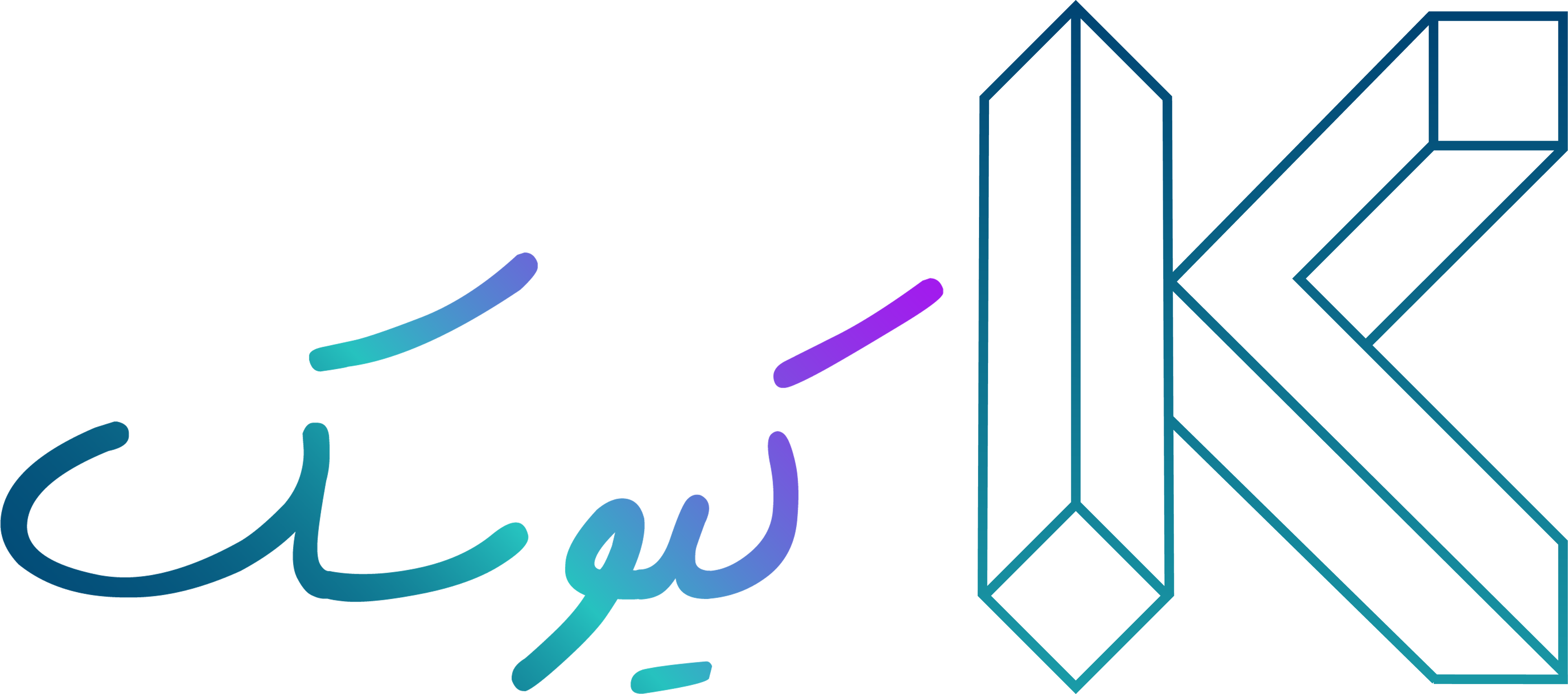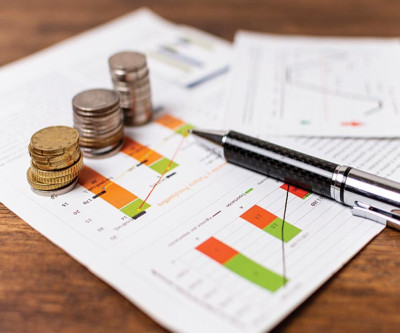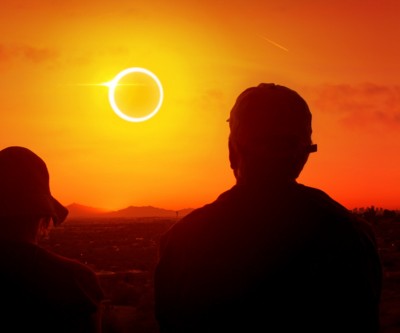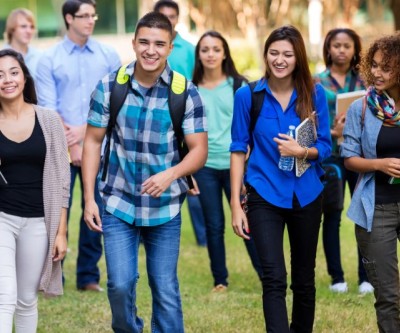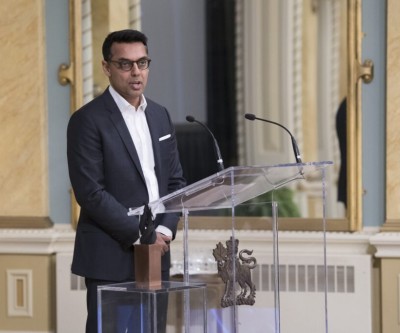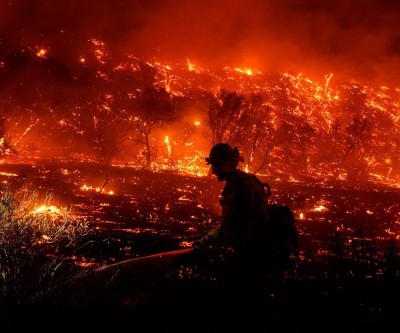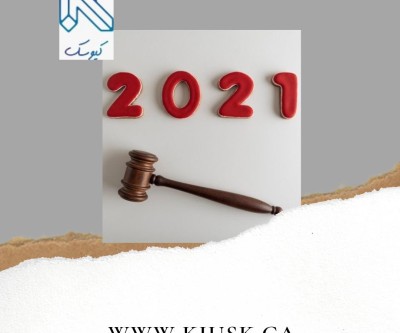Latest News
- Four years after Indigenous woman dies in Niagara Hospital, family still waiting for coroner's investigation
- Lawyer: British Columbia RCMP officer should be fired or resign immediately
- B.C. government looks to offer loan guarantees to property owners in Cowichan Aboriginal title area
- Uber driver's account in Toronto suddenly deactivated; only source of income cut off after 'duplicate account' claim
- TDSB education chief fired by provincial supervisor; sweeping changes at Canada's largest education board
Latest Ads
-
Jasmine Jewel
Call
-
Omidan group
Call
-
Amir Madanpour
Call
-
Dimo studio
Call
-
Yorkacademy
Call
-
Maryambagheri
Call
-
Shishlix Restaurant
Call
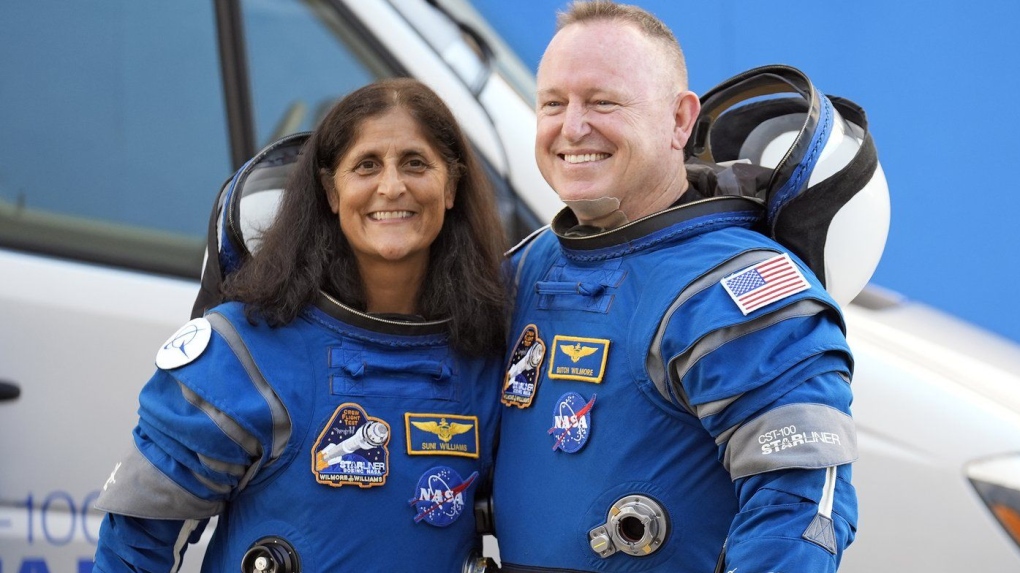
SpaceX to return Boeing's Starliner astronauts from space next year, NASA says
Two NASA astronauts who traveled to the International Space Station in June aboard Boeing's Starliner capsule should return to Earth on a SpaceX spacecraft early next year, NASA announced. NASA President Bill Nelson deemed the Starliner's propulsion system problems too dangerous to return its first crew.
NASA's decision to choose arch-rival Boeing to return astronauts is one of the agency's most important decisions in recent years. Boeing had hoped the Starliner test mission would save its troubled program after years of development problems and more than $1.6 billion in additional costs since 2016.
Veteran NASA astronauts Butch Willor and Sonny Williams, both former military test pilots, launched to the International Space Station on June 5 aboard Starliner and were expected to complete an eight-day test mission.
But the Starliner's propulsion system suffered several problems within the first 24 hours of its flight to the International Space Station, which delayed the program for months. Five of its 28 rocket engines failed and several had leaks of helium, which is used to pressurize rocket engines.
In a rare change to NASA's astronaut operations, the two astronauts are now expected to return in February 2025 aboard a SpaceX Crew Dragon spacecraft that will launch next month as part of a routine astronaut rotation mission. Two of the four Crew Dragon seats will remain vacant for Willor and Williams.
"I know this is not the decision we were hoping for, but we are prepared to take the necessary steps to support NASA's decision," Boeing Starliner President Mark Napi said in an email to company employees after NASA's decision.
"The focus remains primarily on ensuring the safety of the crew and the spacecraft," Nappi said.
Speaking to reporters at a news conference in Houston, Nelson said he had discussed the agency's decision with new Boeing CEO Kelly Ertberg.
"He expressed to me that they plan to continue working on the problems once the Starliner is back safely," Nelson said of Ertberg.
Boeing is also struggling with quality problems in the production of commercial aircraft, its most important product.
NASA announced in a statement that the uncrewed Starliner will depart from the International Space Station "in early September." The spacecraft will attempt an autonomous return to Earth, so it will not fulfill its purpose of having a crew present and controlling the return trip.
Boeing spent years developing the Starliner, a tomato-shaped capsule designed to compete with Crew Dragon as a second US option for sending astronauts to and from Earth orbit.
Starliner failed to launch unmanned to the International Space Station in 2019, but was more successful in another attempt in 2022, where it also encountered problems with the rocket engine. Its June mission with its first crew was necessary for NASA to certify the capsule for routine flights, but now the Starliner's crew certification path has been disrupted.
Since the Starliner docked with the International Space Station in June, Boeing has been scrambling to find the cause of its rocket engine failures and helium leaks. The company organized tests and simulations on the ground to gather data it would use to convince NASA officials that the Starliner was safe enough to return the crew home.
But the results of these tests raised more difficult engineering questions and ultimately failed to address NASA officials' concerns about the Starliner's ability to make the return trip with its crew.
NASA's decision and the Starliner's current uncertain path to certification will add to the already troubled crises faced by Ertberg, who began this month trying to rebuild the planemaker's reputation after a door panel from a 737 MAX airliner dramatically fell off in midair.
news source
Suggested Content
Latest Blog
Login first to rate.
Express your opinion
Login first to submit a comment.
No comments yet.




